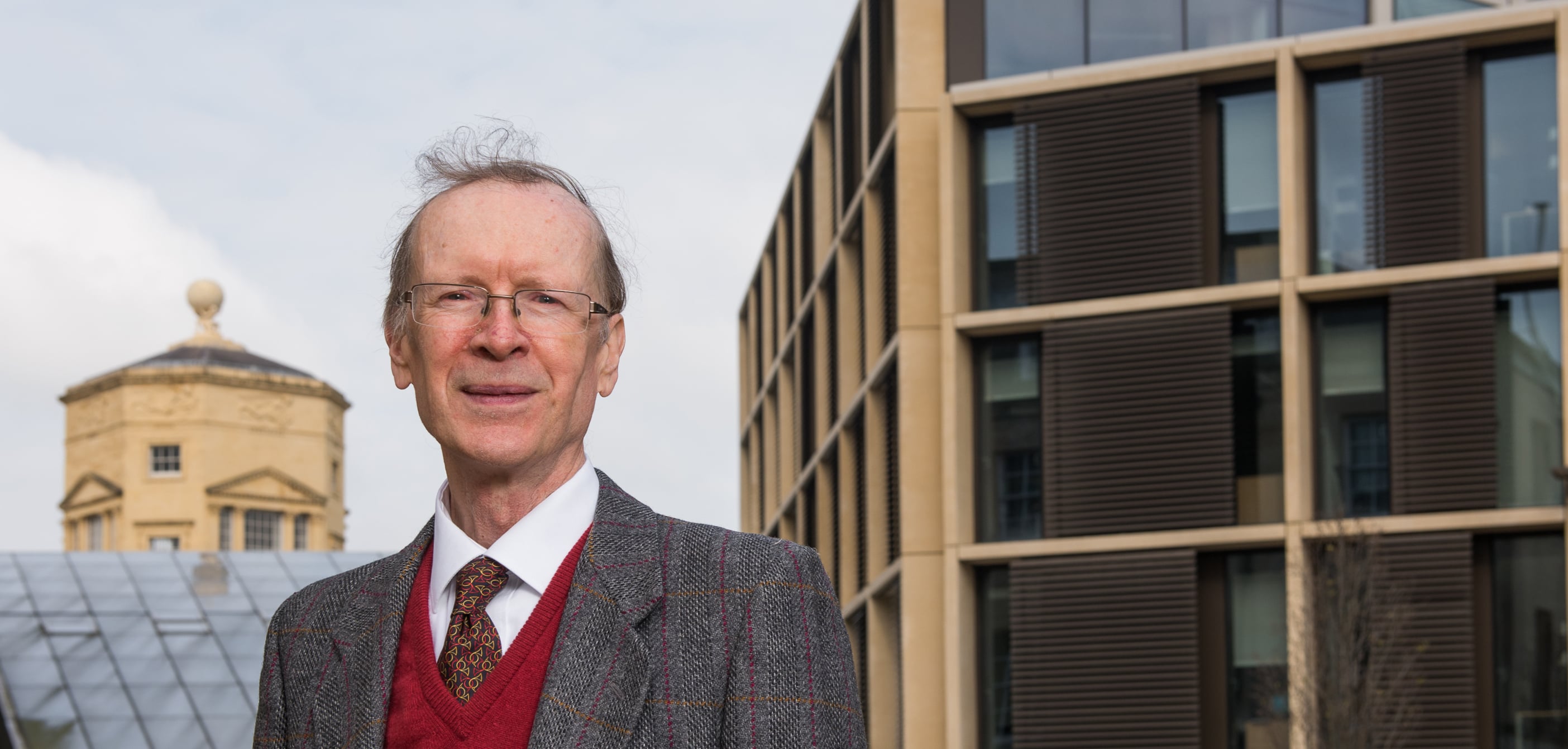Oxford University Professor Sir Andrew Wiles has been awarded the Copley medal, the Royal Society's oldest and most prestigious award.
Already an Abel Prize winning scientist, which is the Nobel Prize of Mathematics, Professor Sir Andrew Wiles is widely known for solving the 300 year-old mystery of Fermat's Last Theorem. His latest accolade is awarded annually for outstanding achievements in research in any branch of science and alternates between the physical and biological sciences.
Professor Sir Andrew Wiles, Royal Society Research Professor of Mathematics at Oxford, is one of the world's most highly regarded mathematicians. His proof of Fermat's Last Theorem in the 1990s catapulted him to unexpected international fame as both his peers and the wider world were gripped by his solving of what was widely believed to be 'impossible'. In 1637 Fermat had stated that there are no whole number solutions to the equation xn + yn = zn when n is greater than 2, unless xyz=0. Fermat went on to claim that he had found a proof for the theorem, but said that the margin of the text he was making notes on was not wide enough to contain it.
After seven years of intense study in private at Princeton University, Sir Andrew announced he had found a proof in 1993, combining three complex mathematical fields – modular forms, elliptic curves and Galois representations. However, he had not only solved the long-standing puzzle of the Theorem, but in doing so had created entirely new directions in mathematics, which have proved invaluable to other scientists in the years since his discovery.
Educated at Merton College, Oxford and Clare College, Cambridge, where he was supervised by John Coates, Sir Andrew made brief visits to Bonn and Paris before in 1982 he became a professor at Princeton University, where he stayed for nearly 30 years. In 2011 he moved to Oxford as a Royal Society Research Professor.
In addition to receiving the Abel Prize in 2016, Sir Andrew has won many prizes including, the Wolf Prize in Mathematics. In his current research he is developing new ideas in the context of the Langlands Program, a set of far-reaching and influential conjectures connecting number theory to algebraic geometry and the theory of automorphic forms.
